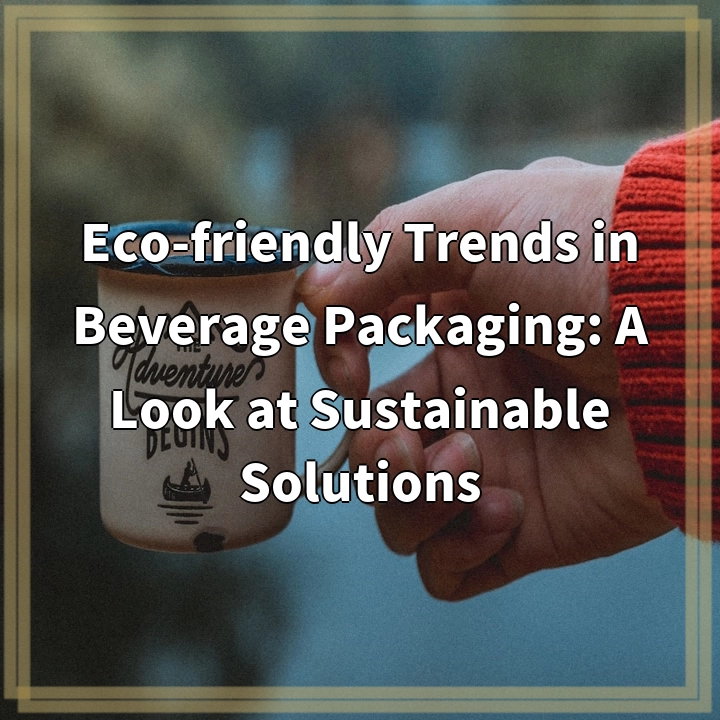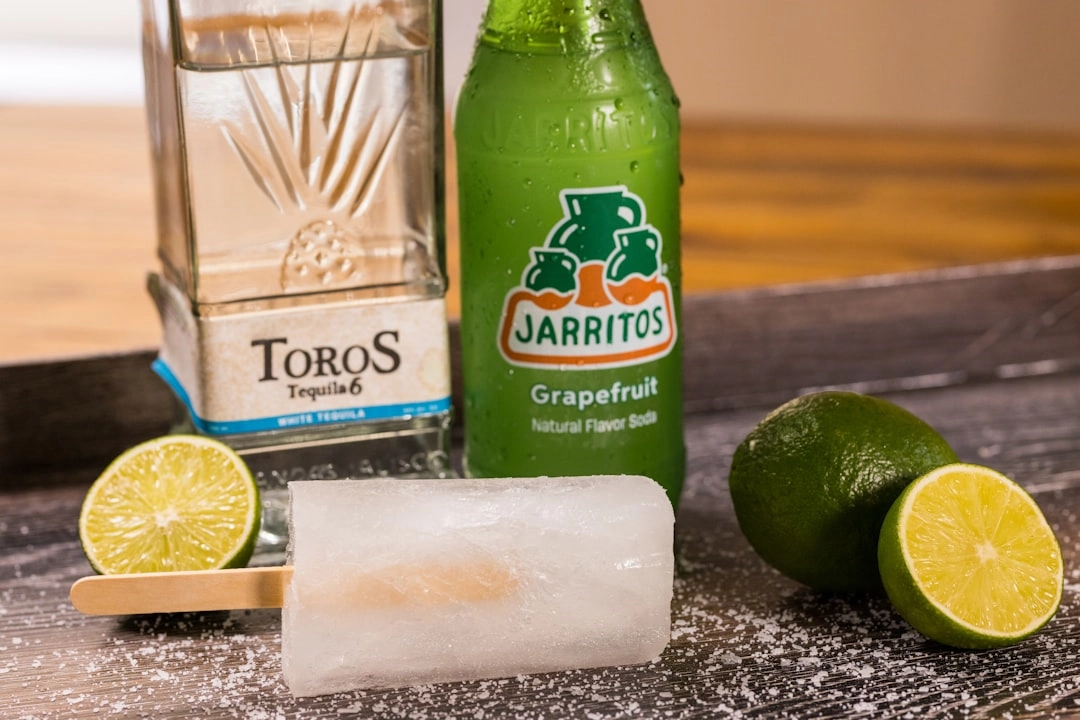
What it is:
Eco-friendly trends in beverage packaging refer to the growing movement in the industry towards more sustainable and environmentally conscious packaging solutions. As consumer demand for eco-friendly products increases, beverage companies are adopting various strategies to reduce their environmental impact.
Real-World Problems:
While beverage packaging serves the important function of preserving and delivering products to consumers, it also contributes to significant environmental challenges. Some of the key problems associated with conventional beverage packaging include:
1. Plastic Pollution:
Plastic bottles and other single-use plastic beverage containers contribute heavily to the global plastic pollution problem. They often end up in landfills or as litter in water bodies, leading to devastating impacts on ecosystems and wildlife.
2. Carbon Footprint:
The production, transportation, and disposal of beverage packaging materials, particularly those made from non-renewable resources, result in significant greenhouse gas emissions. This contributes to climate change and its associated environmental and social consequences.
3. Resource Depletion:
Conventional beverage packaging relies heavily on the extraction and consumption of non-renewable resources, such as fossil fuels and virgin plastics. This depletion of natural resources is unsustainable and poses a long-term threat to future generations.
4. Waste Management Challenges:
Proper disposal and recycling of beverage packaging pose major challenges. Inadequate recycling infrastructure and consumer behavior often lead to high levels of waste ending up in landfills, further exacerbating environmental problems.
5. Health Concerns:
Some beverage packaging materials, such as certain types of plastic, can release harmful chemicals into the environment and potentially contaminate the beverages themselves. This raises concerns about the impacts on human health and well-being.

Solutions to Eco-friendly Trends in Beverage Packaging:
1. Transition to Sustainable Materials:
One solution is to move away from traditional plastic packaging and explore alternative materials that have a lower environmental impact. This includes utilizing biodegradable or compostable materials, such as plant-based plastics, paper, or even innovative options like seaweed-based packaging.
2. Recycling and Circular Economy:
Implementing efficient and widespread recycling systems is crucial for reducing the negative impact of beverage packaging. By promoting consumer education and improving infrastructure, more packaging materials can be recycled, reducing the need for new resources and minimizing waste.
3. Design for Reusability:
Adopting a design approach that emphasizes reusable packaging can significantly reduce the amount of single-use beverage containers. This includes encouraging consumers to choose refillable bottles or implementing innovative refill stations in stores and public spaces.
4. Lightweight and Minimalist Packaging:
Another solution is to focus on lightweight and minimalist packaging designs that require fewer materials for production. By optimizing packaging structures and reducing unnecessary components, the environmental footprint of beverage packaging can be minimized.
5. Collaboration and Industry Action:
Addressing the challenges associated with eco-friendly beverage packaging requires collaboration across the entire industry. Beverage companies, packaging manufacturers, and government entities need to work together to set standards, promote sustainable practices, and invest in research and development of new technologies.















